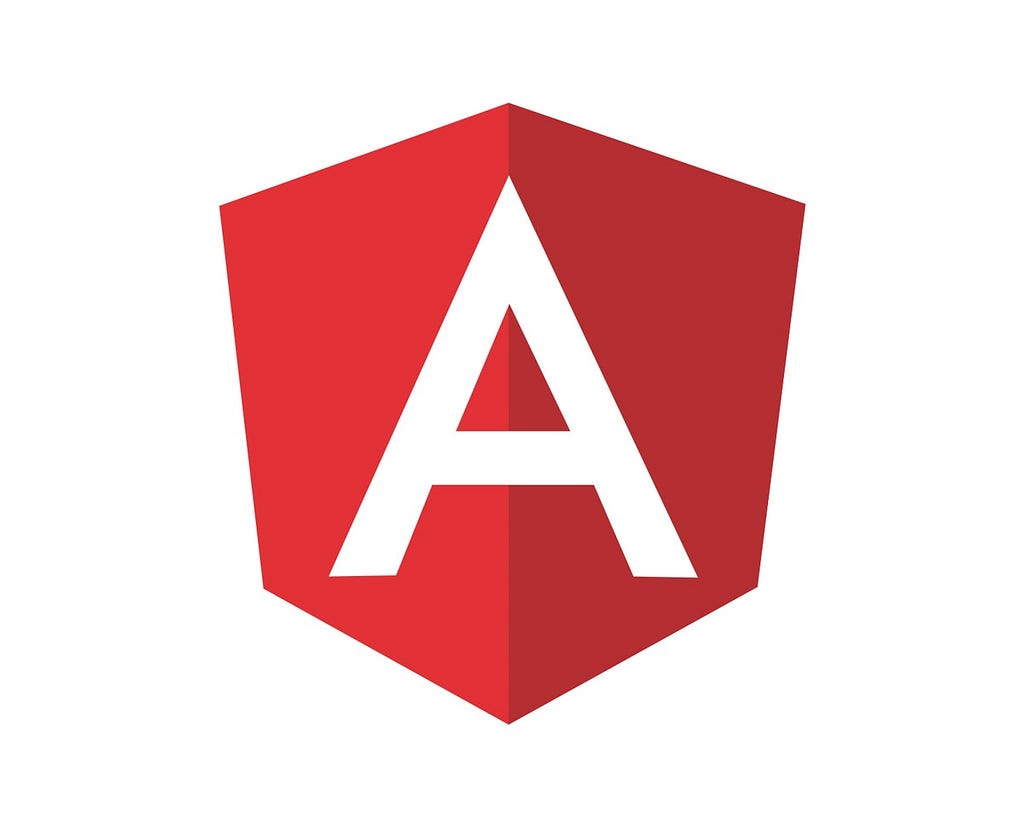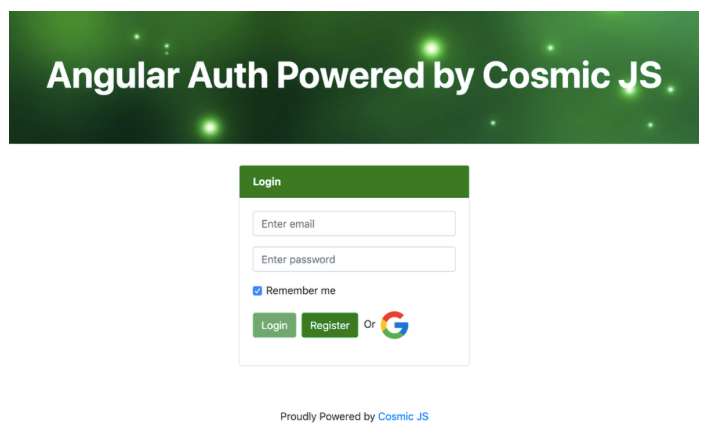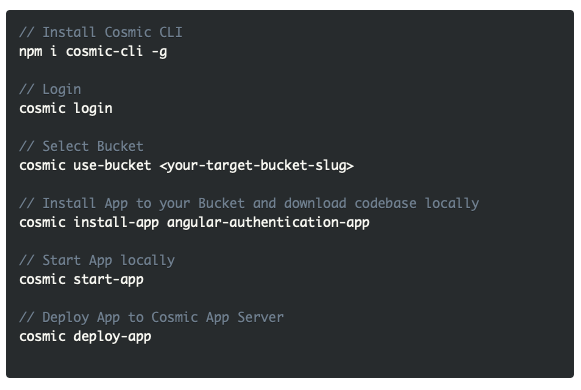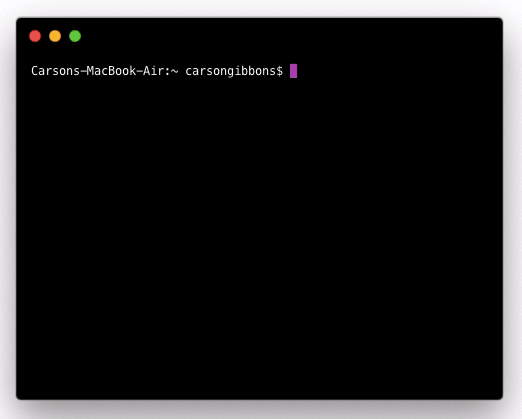Latest news about Bitcoin and all cryptocurrencies. Your daily crypto news habit.

Cosmic JS is a modern, headless content management system that empowers teams to build apps faster, together. Cosmic JS provides a web-based dashboard for content creators to manage content, and API tools and resources for developers to integrate their content with their applications.
In this tutorial I’ll demonstrate using the Cosmic JS CLI to install an Angular Authentication App, built by Ankit Kumar in the Cosmic Community using Angular 6, Node.js and Cosmic JS. Users can register with their email address or their Google Login, with all data stored in Cosmic JS. I encourage you to read the original article to see how it’s built. You can install, deploy and edit every part of this Angular Auth App from your Cosmic JS Bucket Dashboard. 🔥
TL;DR:
Angular Authentication AppAngular Authentication App DemoAngular Authentication App CodebaseHow to Build an Authentication App using Angular 6 and Cosmic JS
Step 1: Create an Account
Sign up for Cosmic JS + Install the Cosmic CLI + Create a New Bucket
Step 2: Installation 🛠️
Install via the Cosmic CLI:
I set up an example Bucket for this blog:
Run cosmic -h for a list of all commands. Run cosmic [command] -h for details on options for a specific command. You're now up and running with an Angular Authentication App that can register users via email or their Google Login, with all content managed entirely from your Cosmic JS Bucket Dashboard and Command Line Terminal tool of choice.
Conclusion
I was able to easily install an Angular Authentication App using a headless CMS API that I can now use to manage dynamic content changes. When ditching the installed content management system and going API-first isn’t quick enough, check out the Starter Apps from Cosmic JS to get a project up and running in seconds. 🔥
Learn more about contributing your own project to the Cosmic JS Community. If you have any comments or questions about building apps with Cosmic JS, reach out to us on Twitter and join the conversation on Slack.
Install an Angular Authentication App in 3 Steps was originally published in Hacker Noon on Medium, where people are continuing the conversation by highlighting and responding to this story.
Disclaimer
The views and opinions expressed in this article are solely those of the authors and do not reflect the views of Bitcoin Insider. Every investment and trading move involves risk - this is especially true for cryptocurrencies given their volatility. We strongly advise our readers to conduct their own research when making a decision.


